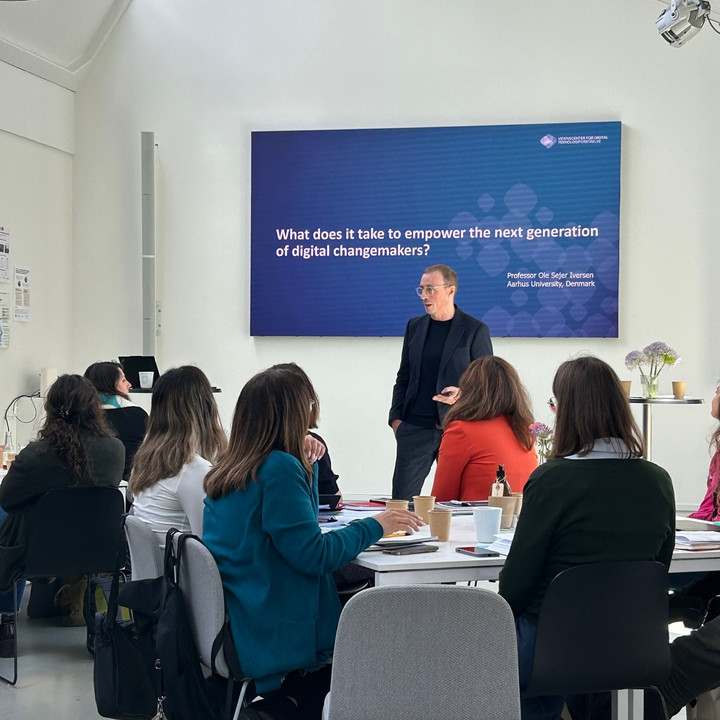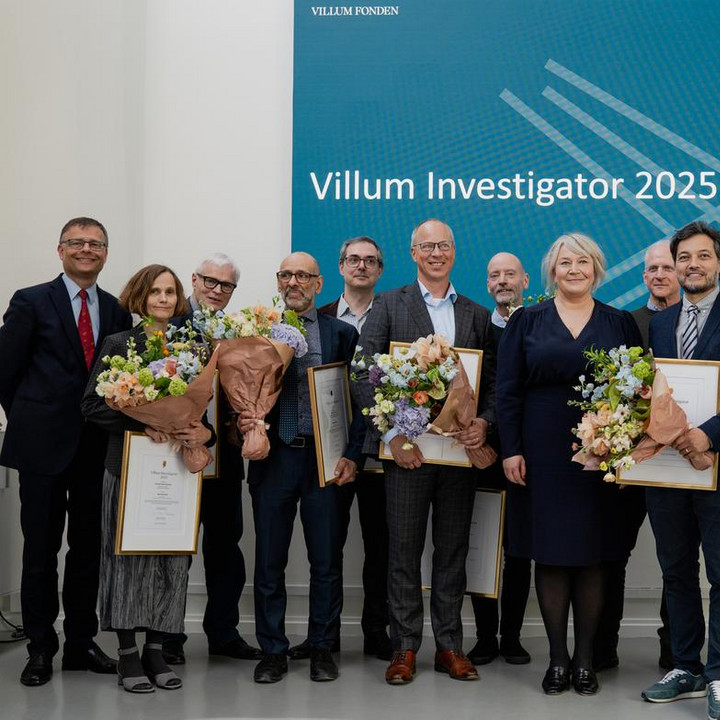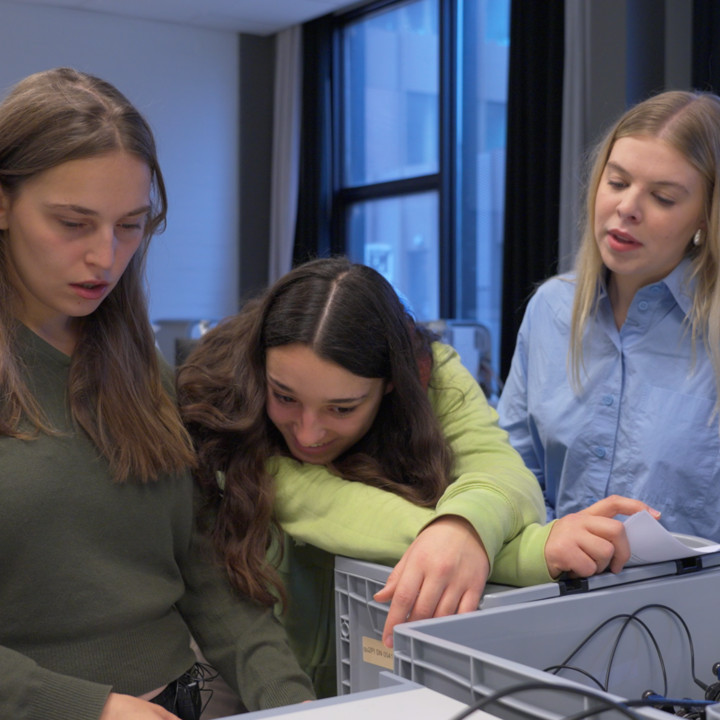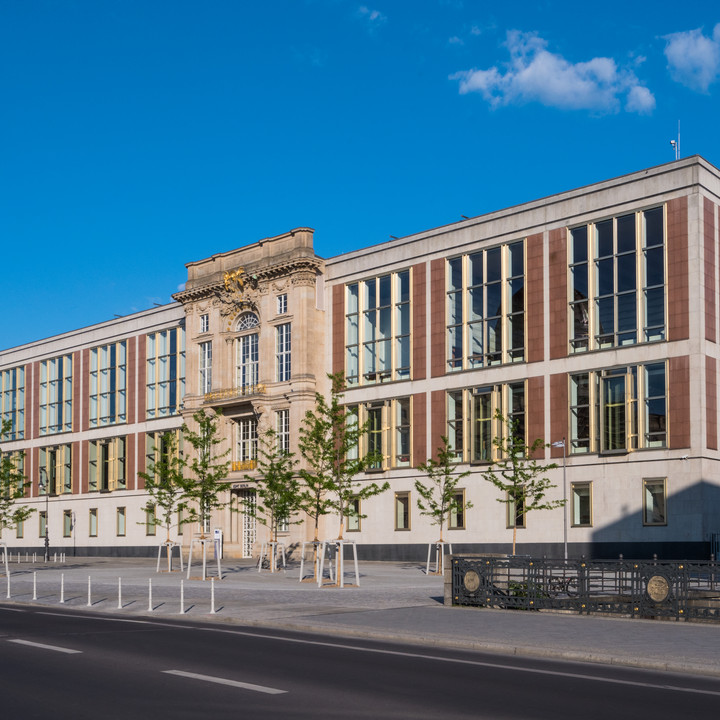How do we build the future?
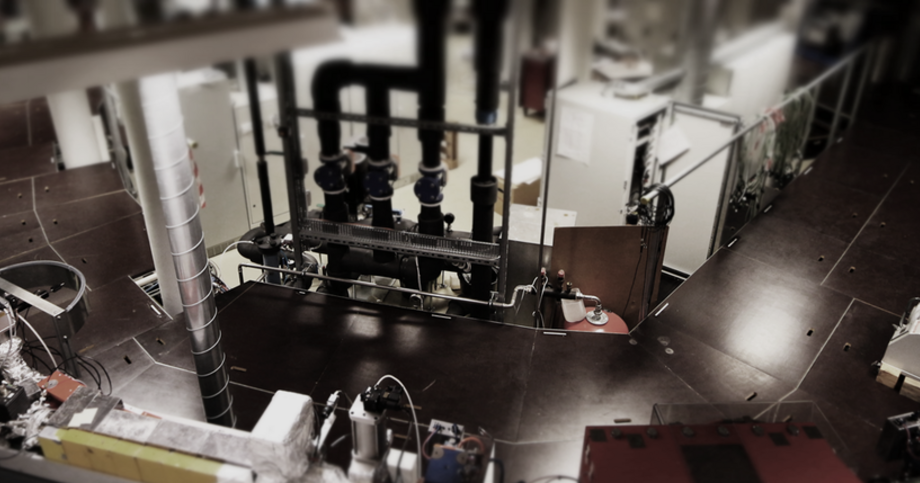
All over the world more and more new materials are developed that can literally build the future of technology. However, it takes a great deal of luck before we discover promising candidates for research and development of the future. With a grant of 33.5 million DKK from VILLUM FONDEN, a newly established research center at Aarhus Univesity will change this with an international cooperation and targeted research, as there is too much at stake to let luck prevail.
Professor Philip Hofmann, Aarhus University will head the VILLUM Centre of Excellence for Dirac Materials.
Dirac materials is named after the physicist Paul Dirac, who described an electron structure shaped like a cone in a special type of material. This structure has since proven to be so general that the name now applies to an entire class of materials.
By journalist Rasmus Rørbæk, Aarhus Universitet
Dirac materials have some common characteristics that differ significantly from the conventional solids that have formed the building blocks of modern electronics.
The discovery of Dirac materials is so new that many basic questions remain completely unanswered about the materials and there is a great potential for groundbreaking discoveries, as we do not yet know all the materials. It is these discoveries, we are able to focus on now in international cooperation with some of the best researchers in the new center,” says Professor Philip Hofmann.

The new center combines theoretical predictions of unknown Dirac materials with advanced material synthesis and experiments. This includes the effective particle accelerator ASTRID2 at Aarhus University that plays a key role as its unique radiation can examine and verify the structure of materials properties.
"The next five years will provide very special knowledge and unique opportunities to identify materials with Dirac properties”, says Professor Philip Hofmann.
The center will be an axis between the world's leading forces in experimental physics here at Aarhus University and theoretical modeling at Nordita Institute and KTH in Stockholm.
"The cooperation will also include strong ties with American and Dutch research groups thus making it possible to cover the aspects needed to take the next and perhaps decisive step into the world of Dirac material, "concludes Professor Hofmann.
